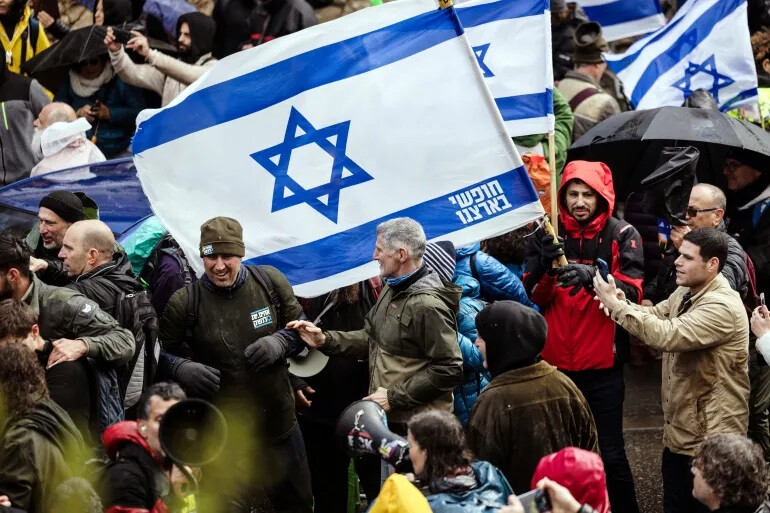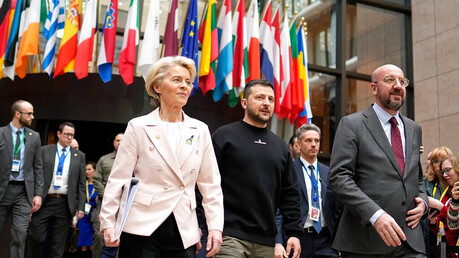
JERUSALEM — The Israeli cabinet has approved the first phase of a ceasefire agreement with the Palestinian militant group Hamas, setting in motion a sequence of events expected to bring home the remaining Israeli hostages held in the Gaza Strip and initiate a pause in the two-year-long conflict.
The Prime Minister's Office announced the decision on X (formerly Twitter) early Friday morning, stating that the cabinet had "approved the framework for the release of all the hostages – both the living and the deceased." Crucially, the statement did not immediately detail other significant components of the U.S.-brokered deal, such as the withdrawal of Israeli forces or the release of Palestinian prisoners.
The approval follows an announcement late Wednesday by U.S. President Donald Trump, who heralded the deal as a major breakthrough toward a "Strong, Durable, and Everlasting Peace." Trump declared that "ALL of the Hostages will be released very soon," and that Israel would withdraw its troops to an "agreed upon line" as part of the initial steps.
The Mechanics of Phase One
According to officials familiar with the agreement's terms, the cabinet's ratification triggers a strict timeline for implementation:
Ceasefire Activation: The truce is expected to take effect within 24 hours of the cabinet's vote.
Initial Troop Withdrawal: During this 24-hour window, Israeli forces are required to withdraw from pre-determined, unspecified areas within the Gaza Strip, though they are expected to retain control of about half the enclave.
Hostage Release: Following the 24-hour period, Hamas must begin releasing the remaining live hostages within the subsequent 72 hours. The remains of deceased hostages will be handed over in a phased manner. The Israeli government estimates approximately 20 hostages remain alive.
Prisoner Exchange: In exchange for the hostages, Israel is reportedly set to release a substantial number of Palestinian prisoners, including both those serving life sentences for security offenses and others detained since the start of the conflict. Reports suggest this number could be close to 2,000.
President Trump, speaking at a Cabinet meeting on October 9th, expressed optimism about the timeline, stating that he expects all surviving Israeli hostages to be released on Monday or Tuesday of next week.
International Reaction and Future Challenges
The agreement has been welcomed by international leaders, including U.N. Secretary-General António Guterres, who urged all parties to "abide fully" by the terms, and British Prime Minister Keir Starmer, who called it a moment of "profound relief."
However, this first phase represents only the initial and perhaps easiest step in a complex process. Key, unresolved issues, such as the permanent disarmament of Hamas, the complete withdrawal of Israeli forces, and the formation of a post-war governing authority in Gaza, remain subject to future, potentially tougher, negotiations.
The details of the complete U.S. peace plan, which includes provisions for a transitional governing committee and a proposal for an international "Board of Peace" to oversee Gaza's reconstruction, have not been fully accepted by all parties, particularly Hamas. Despite the challenges ahead, the cabinet's approval marks a decisive moment, providing the strongest hope yet for a de-escalation of hostilities and the return of the hostages.
[Copyright (c) Global Economic Times. All Rights Reserved.]




























